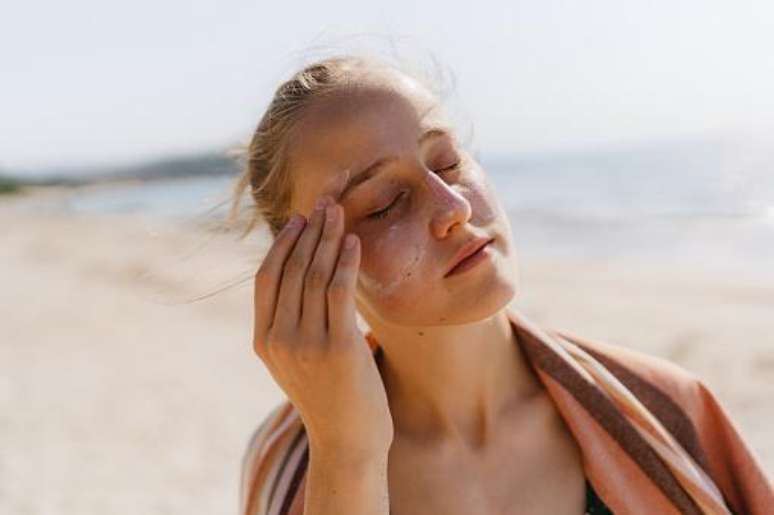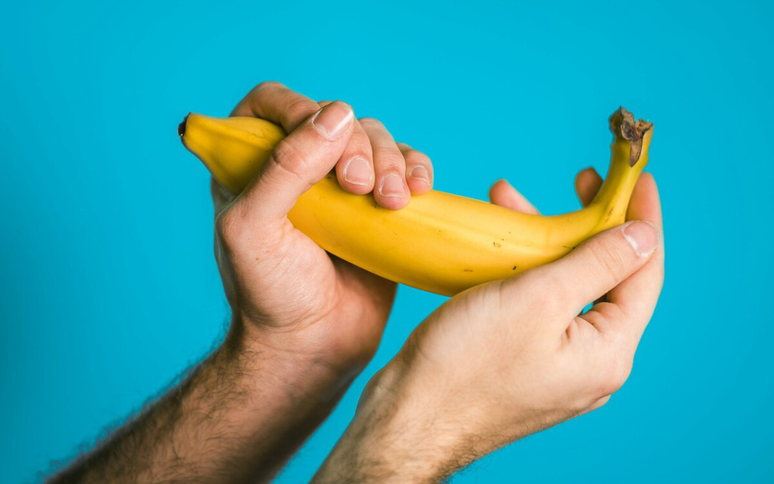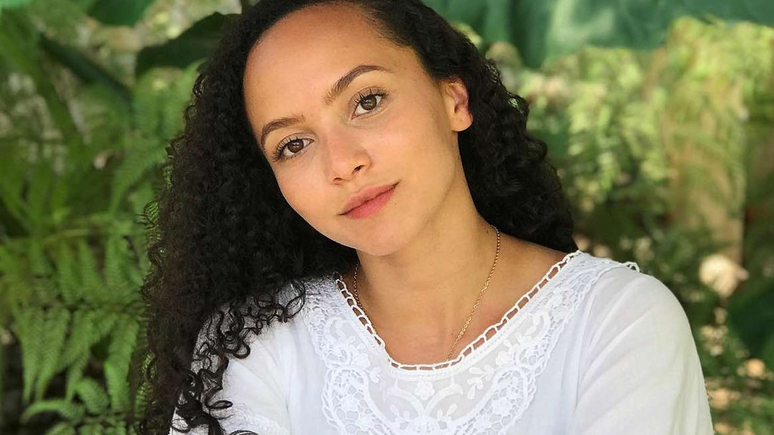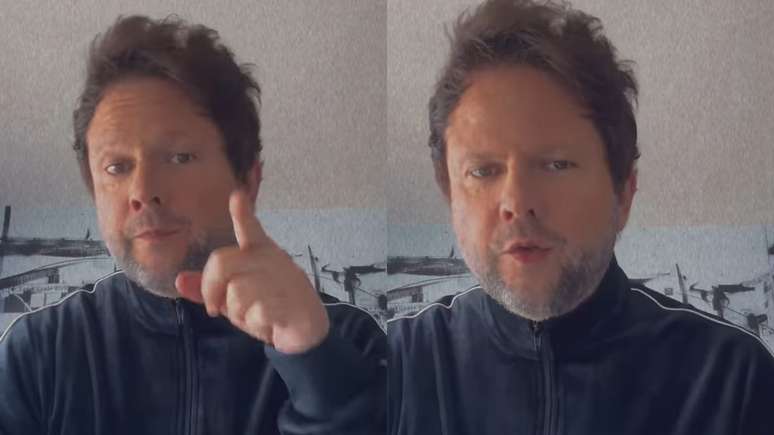Due to numerous awareness campaigns, the number of people using sunscreen has increased in recent years. However, researchers also reported that rates of melanoma and skin cancer have been increasing in number at the same rate, something that has been dubbed the “sunscreen paradox.”
“The problem is that people use sunscreen as ‘permission’ to tan,” said Ivan Litvinov, chair of McGill University’s division of dermatology. According to him, people think they are protected from skin cancer just because they use a product marketed to prevent a disease, when that’s not exactly how things work.
Health risks
Litvinov is a co-author of two recent studies exploring the sunscreen paradox. According to the researcher, most people do not apply enough sunscreen or stay in the sun for hours after applying the product in the morning, which provides a false sense of security.
To understand the factors involved between the different incidence rates of melanoma in Canada’s Atlantic provinces, the researchers conducted 23 focus groups. In the first study, published in the journal Cancersthe researchers found that some regions were more at risk than others.
For example, residents of Nova Scotia and Prince Edward Island – located in provinces with high incidence rates of melanoma – were more likely to report using sunscreen, being more aware of the health risks posed by exposure in the sun and better able to monitor ultraviolet rays (UV Radiation Indices).
Even so, they also received more sun exposure due to warmer temperatures and a tendency to participate in outdoor activities.
Correct use of sunscreen
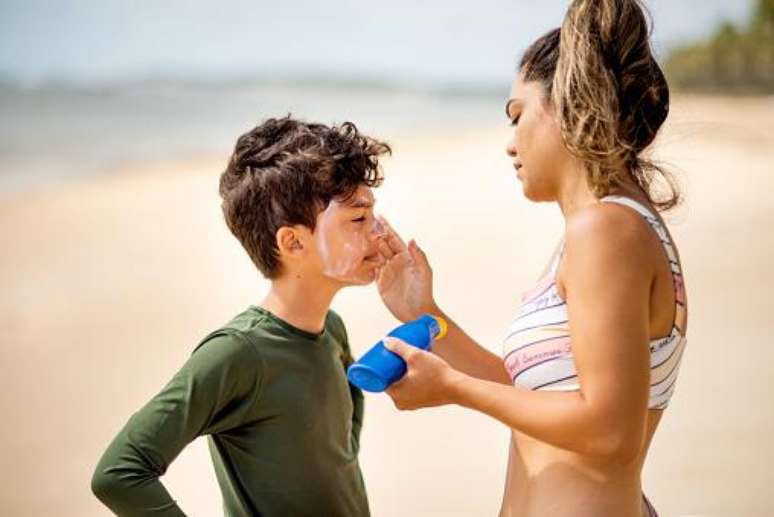
In a second study from the UK Biobank, researchers documented that sunscreen use was surprisingly associated with a doubled risk of developing skin cancer. “These combined findings suggest a sunscreen paradox, in which individuals with higher levels of sun exposure also tend to use a greater amount, but not an adequate amount, of sunscreen or other sun protection measures, providing a false sense of security,” Litvinov said.
From a researcher’s perspective, interventions aimed at filling these gaps in knowledge and practice in sun protection and skin cancer prevention should consider this paradox and the unique norms of communities around the world. After all, sun protection would be an important measure, but with its flaws.
For Litvinov, this type of product is also the least effective measure to protect the skin compared to sun protective clothing, rash guards and sun avoidance. The researchers also stress that people can and should enjoy the outdoors – something considered healthy – but as long as they avoid getting sunburnt or getting too tanned.
Source: Terra
Ben Stock is a lifestyle journalist and author at Gossipify. He writes about topics such as health, wellness, travel, food and home decor. He provides practical advice and inspiration to improve well-being, keeps readers up to date with latest lifestyle news and trends, known for his engaging writing style, in-depth analysis and unique perspectives.

